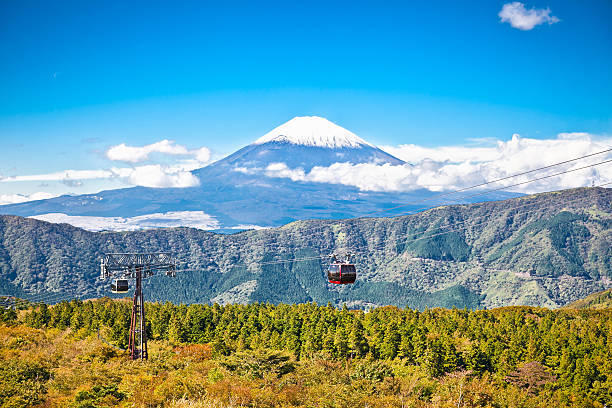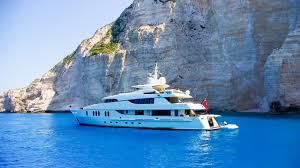Tips
Summit to Sea: Exploring the Four Domains of Fuji‑Hakone‑Izu National Park

Stretching from the towering heights of Japan’s iconic Mount Fuji to the sparkling shores of the Pacific, Fuji-Hakone-Izu National Park offers a captivating blend of natural wonders, cultural heritage, and outdoor adventures. As one of Japan’s most diverse and visited parks, it spans four distinct regions—Mount Fuji, Hakone, the Izu Peninsula, and the Izu Islands—each with its own personality and charm. Together, these domains form a seamless journey from summit to sea.
Mount Fuji: A Sacred Icon
Mount Fuji: the crown jewel of the park, is not only Japan’s tallest mountain at 3,776 meters but also a deeply spiritual and cultural symbol. Revered for centuries by pilgrims and artists alike, this near-perfect stratovolcano stands as a sentinel over the surrounding landscape. Climbing Mount Fuji during the official summer season is a rite of passage for many. From the top, people can see stunning sunrises over a sea of clouds, which is an unforgettable prize for a hard walk.
The surrounding Fuji Five Lakes region complements the ascent with panoramic views, quiet forests, and serene lakes like Kawaguchiko and Yamanakako. These areas also offer unique perspectives of the mountain, reflected in calm waters and framed by seasonal blooms.
Hakone: Volcanic Wonders and Onsen Retreats
Travel a little farther east, and you arrive in Hakone, where geothermal energy shapes both the landscape and the lifestyle. Known for its hot springs (onsen), volcanic valleys, and art museums, Hakone is a favorite weekend escape for Tokyo residents. The Owakudani Valley is a must-see, with sulfur vents and bubbling pools creating an otherworldly scene. The area also offers a ropeway ride with views of Mount Fuji on clear days.
Hakone’s charm lies in its ability to blend natural phenomena with cultural refinement. Attractions like the Hakone Open-Air Museum or a cruise on Lake Ashi aboard a replica pirate ship give visitors diverse ways to explore and unwind.
Izu Peninsula: Coastal Cliffs and Countryside Charm
South of Hakone lies the Izu Peninsula, where rugged coastlines, rolling hills, and charming villages offer a different flavor of adventure. The Jogasaki Coast has dramatic rock formations and hiking trails that wind through bamboo woods and waterfalls. This area is famous for its beautiful scenery.
The western coast of the peninsula boasts stunning sunset views over Suruga Bay, while the east side is dotted with beach towns and resorts. Izu is also famous for its seafood, particularly fresh sushi and local specialties like wasabi, which grows naturally in the mountain streams.
Izu Islands: Volcanic Isles and Marine Sanctuaries
Farther afield but equally mesmerizing, the Izu Islands are a string of volcanic isles stretching south into the Pacific Ocean. Accessible by ferry or plane, these islands are home to black-sand beaches, coral reefs, and abundant marine life. Snorkeling, scuba diving, and dolphin watching are just some of the experiences that await here.
Each island offers its own character—Miyake-jima has dramatic lava fields, Hachijō-jima features lush subtropical vegetation, and Niijima is famous for its white sand beaches and laid-back surfer vibe. These remote escapes provide a stark contrast to the park’s mountainous regions, making Fuji-Hakone-Izu National Park one of the most multifaceted destinations in Japan.
A Unified Natural Masterpiece
Despite the diversity of its four domains, the park is unified by a central theme: the powerful relationship between Japan’s natural beauty and cultural reverence. From the spiritual peak of Mount Fuji: to the ocean depths of the Izu Islands, visitors can explore volcanoes, soak in hot springs, hike through forests, and dive into crystal-clear waters—all within one national park.
Whether you’re an adventurer, a cultural enthusiast, or simply in search of tranquility, Fuji-Hakone-Izu National Park offers a journey that begins at the summit and ends by the sea—an unforgettable exploration of Japan’s timeless landscapes.




